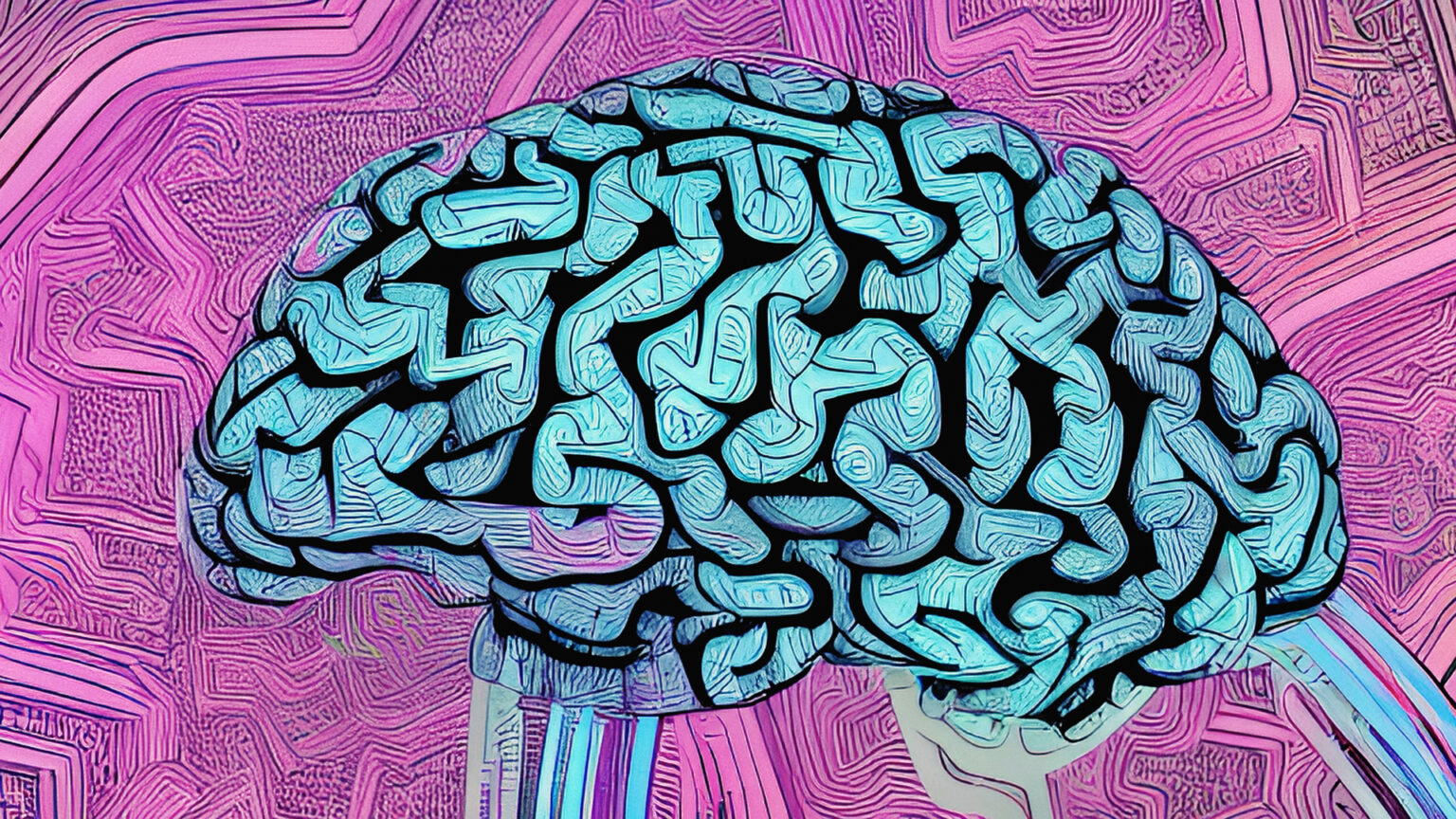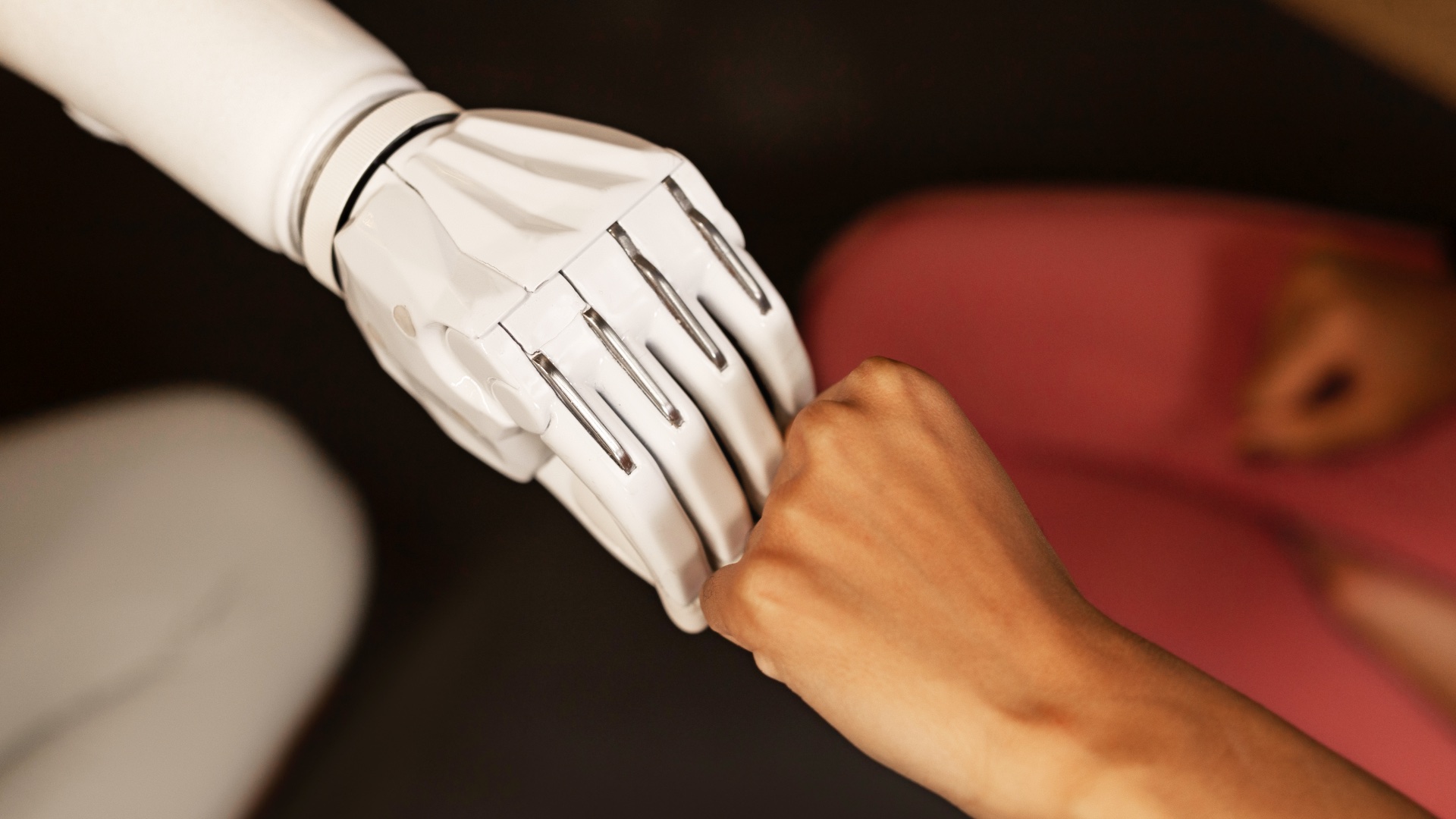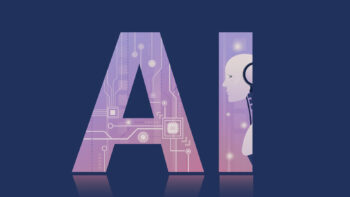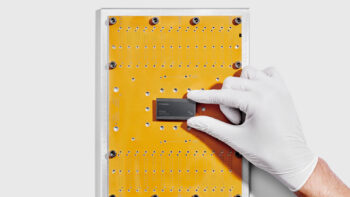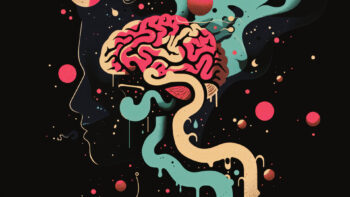A typical morning. The smart watch wakes you up in a light sleep phase, the navigation on your phone is already analysing traffic to suggest the optimum route to work, and in the background the coffee machine is grinding beans, ready to brew your beverage at the perfect time. Within just a few minutes of waking up, the artificial intelligence has already intervened in your life several times – quietly, efficiently and almost completely invisibly.
Artificial intelligence is no longer the domain of laboratories and futuristic visions straight out of Hollywood. It has become the silent but ubiquitous architect of our everyday lives, optimising tasks we don’t even think about. We will examine five non-obvious examples that illustrate the positive, ‘human’ dimension of this revolution.
1. precision agriculture – or AI to guard food
Before you reach for fresh vegetables in the supermarket or add your favourite yoghurt to your basket, think about the journey these products have taken. It turns out that long before they hit the shelf, artificial intelligence was already hard at work in the field to ensure their quality and availability. These are the days of precision agriculture, where data is as important as fertile soil.
How it works. Drones equipped with multispectral cameras patrol the crops and their images are analysed in real time by AI algorithms. These systems, like a digital agronomist, are able to identify disease outbreaks, water shortages or the presence of pests in a specific square metre of a field with a precision unavailable to the human eye. As a result, the farmer no longer has to spray the entire acreage “just in case”. Instead, intelligent machines deliver water, fertiliser or crop protection product exactly where it is needed. This is a gigantic optimisation of resources.
2. hyper-personalisation of entertainment – more than a recommendation algorithm
Everyone is familiar with the recommendation mechanism on streaming platforms. But what goes on behind the scenes at Spotify or Netflix goes far beyond a simple ‘if you liked X, you’ll like Y’. Modern AI is a digital DJ and mood curator in one, knowing what song you need before you think of it yourself.
How does it work? Algorithms no longer just analyse your listening history. They take into account hundreds of contextual variables: time of day, your location (different music at the office, different at the gym), day of the week and even the weather outside your window. What’s more, advanced models can analyse the acoustic characteristics of the songs themselves – their tempo, tonality, energy and emotional ‘colour’. Combining this data with the habits of the listener, AI creates a prediction of mood and suggests a playlist that hits it perfectly. This is why the ‘Discover this week’ playlist so often seems to magically fit.
3. proactive smart home – a home that thinks for you
The days of the smart home, where the pinnacle of capability was a voice command to ‘turn on the light’, are slowly becoming a thing of the past. The truly smart home of the future is not a reactive servant, but a proactive assistant. It is a system that does not wait for commands, because it learns your needs and anticipates them.
How does it work? At the heart of such a home is a central AI unit that collects data from dozens of sensors. It analyses daily patterns: what time you get up, when you leave for work, what time you like the living room warmer and when the bedroom should already be cooled down. On this basis, the system makes autonomous decisions. The blinds will raise themselves just before your alarm clock goes off, the thermostat will raise the temperature half an hour before you return from work, and the security system, analysing the camera images, will distinguish between a courier and a potential threat, sending you only relevant notifications.
It’s all about convenience and real savings. A home that manages its own energy generates lower bills. It’s also a fundamental sense of security and comfort, stemming from the fact that technology unobtrusively takes care of the environment, allowing you to focus on more important things.
4. the invisible shopping assistant – from price to authenticity
The world of e-commerce is one of the most saturated areas with artificial intelligence, although its operation remains mostly invisible to us. AI is the silent adviser, negotiator and wallet guardian at every stage of the digital shopping experience.
How does it work? When you book an airline ticket, its price is not fixed. So-called dynamic pricing algorithms analyse dozens of factors in real time: demand for a particular connection, competitors’ prices, time of day, even whether you are browsing the offer from a new iPhone or an older laptop. Similarly, in-store recommendation systems work similarly, not only suggesting products, but optimising the design of the page to encourage purchase. What’s more, AI is also a guardian of authenticity. Advanced neural networks analyse product images on marketplace platforms to detect and remove offers to sell counterfeits of well-known brands, protecting both consumers and copyright owners.
5. AI as diagnostic support – a silent ally in the doctor’s office
This is perhaps the most important and groundbreaking application of AI. In medicine, artificial intelligence does not aim to replace the doctor. Its role is to become an extremely precise ‘second pair of eyes’ for him or her, able to see what may be invisible to humans.
How it works. Algorithms, trained on millions of anonymised medical images – X-rays, MRIs or CT scans – learn to recognise the tiniest anomalies. They can pinpoint early-stage lung cancer on an X-ray or microscopic foci of stroke in the brain with great precision. A doctor, supported by such analysis, can make a diagnosis more quickly and confidently. AI is also a powerful predictive tool – by analysing comprehensive data from a patient’s health history, it can estimate the risk of civilisation diseases, allowing early and effective prevention to be implemented.
What impact does it have on you? It is simply the chance to live a longer and healthier life. Earlier and more accurate diagnosis dramatically increases the effectiveness of treatment. It is also the promise of true personalised medicine, in which therapy is selected not for the statistical patient, but specifically for the unique genetic and medical profile.
The human face of technology
As you can see from the examples above, AI’s greatest revolution is not taking place in the limelight. Its real power lies in its quiet, almost invisible integration into our daily lives. In each of these applications, AI is not an autonomous entity, but a powerful tool that enhances human capabilities.
Of course, this transformation raises serious questions about ethics, the privacy of our data and the need for transparency in algorithms. These are challenges that we as a society need to address. The key, however, is awareness and understanding. Only when we realise how deeply AI is already woven into our lives will we be able to appreciate its positive impact and consciously shape a future where technology invariably serves humanity.




